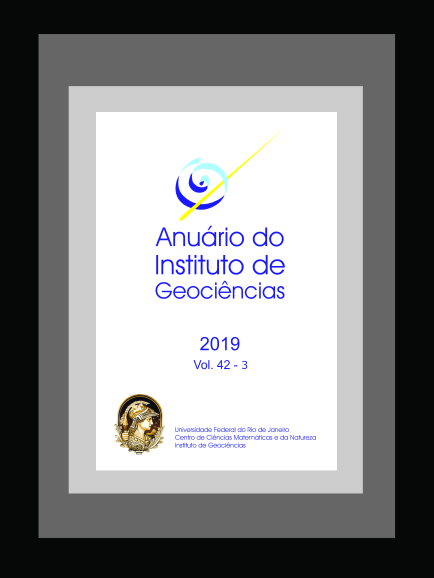Assessing the Evolution in Remotely Sensed Vegetation Index Using Image Processing Techniques
DOI:
https://doi.org/10.11137/2019_3_27_41Keywords:
Image processing techniques, NDVI index, Vegetation cover, Coastal managementAbstract
Vegetation has a substantial role as an indicator of anthropic effects, specifically in cases where urban planning is required. This is especially the case in the management of coastal cities, where vegetation exerts several effects that heighten the quality of life (alleviation of unpleasant weather conditions, mitigation of erosion, aesthetics, among others). For this reason, there is an increased interest in the development of automated tools for studying the temporal and spatial evolution of the vegetation cover in wide urban areas, with an adequate spatial and temporal resolution. We present an automated image processing workflow for computing the variation of vegetation cover using any publicly available satellite imagery (ASTER, SPOT, LANDSAT, MODIS, among others) and a set of image processing algorithms specifically developed. The automatic processing methodology was developed to evaluate the spatial and temporal evolution of vegetation cover, including the Normalized Difference Vegetation Index (NDVI), the vegetation cover percentage and the vegetation variation. A prior urban area digitalization is required. The methodology was applied in Monte Hermoso city, Argentina. The vegetation cover per city block was computed and three transects over the city were outlined to evaluate the changes in NDVI values. This allows the computation of several information products, like NDVI profiles, vegetation variation assessment, and classification of city areas regarding vegetation. The information is available in GIS-readable formats, making it useful as support for urban planning decisions.Downloads
Download data is not yet available.
Downloads
Published
2019-12-21
How to Cite
Revollo, N. V. (2019) “Assessing the Evolution in Remotely Sensed Vegetation Index Using Image Processing Techniques”, Anuário do Instituto de Geociências. Rio de Janeiro, BR, 42(3), pp. 27–41. doi: 10.11137/2019_3_27_41.
Issue
Section
Article
License
This journal is licensed under a Creative Commons — Attribution 4.0 International — CC BY 4.0, which permits use, distribution and reproduction in any medium, provided the original work is properly cited.















